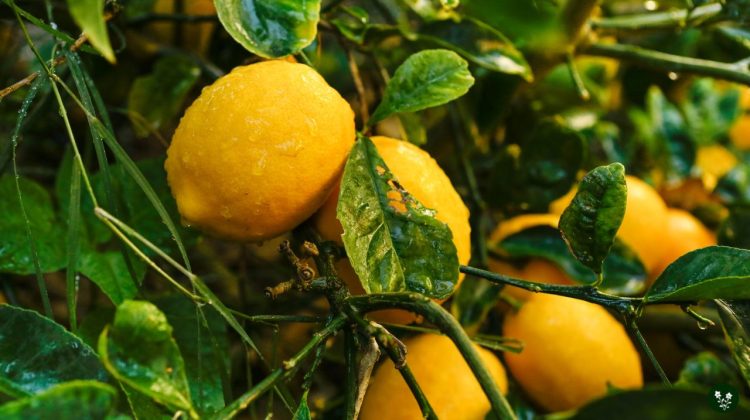
If you’re looking for a citrus tree that can thrive in a small space or a container, the dwarf Meyer lemon tree is an excellent choice.
These trees produce juicy, flavorful fruit for various culinary applications, from cocktails to desserts.
However, caring for a dwarf Meyer lemon tree requires some attention to detail, as these trees have specific needs for soil, water, and light.
One of the most important factors in caring for a dwarf Meyer lemon tree is providing enough sunlight. These trees require a minimum of eight hours of direct sunlight per day, so they’re best suited to a bright, sunny location.
If you’re growing your tree indoors, ensure it’s placed in a spot with plenty of natural light. Alternatively, you can use grow lights to supplement your tree’s sunlight.
In addition to sunlight, dwarf Meyer lemon trees require well-draining soil rich in nutrients. Choose a potting mix specifically formulated for citrus trees when planting your tree.
Regular fertilization is also important, particularly during the growing season. With the right care, your dwarf Meyer lemon tree can produce delicious fruit for years.
In this article, we'll cover
- 1. Choosing a Container
- 2. Planting Your Dwarf Meyer Lemon Tree
- 3. Proper Soil and Fertilizers
- 4. Watering Requirements
- 5. Pruning and Propagating Dwarf Meyer Lemon Trees
- 6. Winter Care for Dwarf Meyer Lemon Trees
- 7. Common Dwarf Meyer Lemon Tree Problems and Solutions
- 8. Harvesting and Using Dwarf Meyer Lemons
1. Choosing a Container
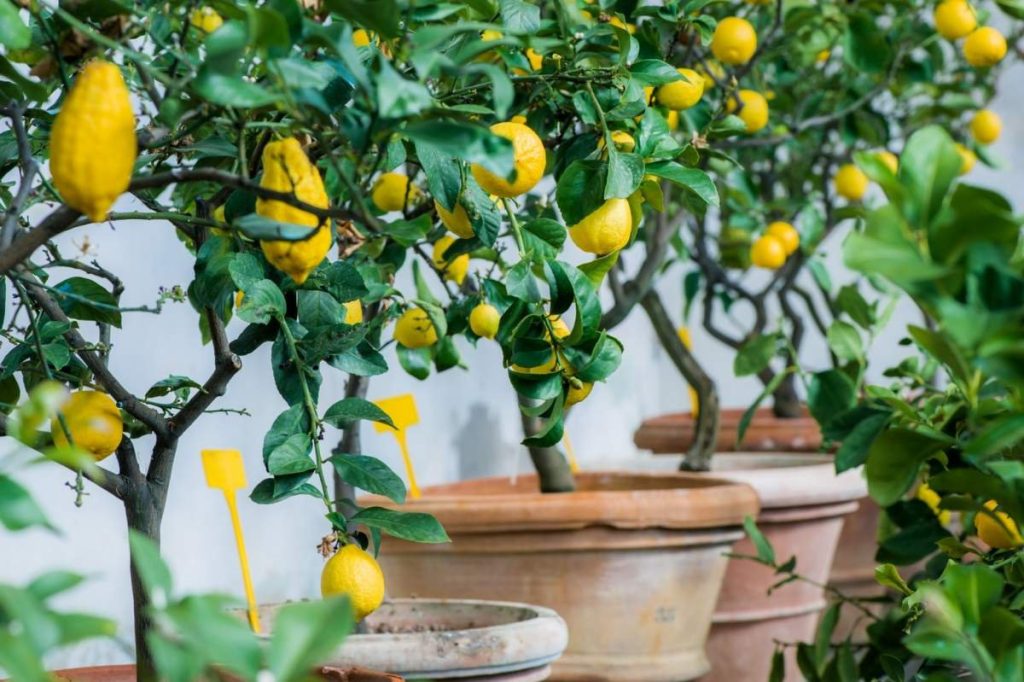
Choosing the right container is crucial for the health and growth of your dwarf Meyer lemon tree. Here are some factors to consider:
- Size: Choose a container at least 12 to 15 inches in diameter and 12 to 18 inches deep. This will give the roots enough room to grow and prevent the tree from becoming root-bound.
- Material: Terra cotta and ceramic pots are popular for their aesthetic appeal but can be heavy and prone to cracking. Plastic containers are lightweight and durable but may not provide adequate insulation for the roots in colder climates.
- Drainage: Ensure the container has drainage holes to prevent water from pooling at the bottom and causing root rot. You can also add a layer of gravel or stones at the bottom of the container to improve drainage.
- Mobility: Consider the weight of the container and how easy it will be to move it around. You may need to move the tree indoors during colder months or to a sunnier spot during the growing season.
Once you have chosen a container, fill it with well-draining potting soil and plant the tree at the same depth it was in its previous container.
Water the tree thoroughly and place it in a sunny spot with at least 6 hours of direct sunlight daily.
2. Planting Your Dwarf Meyer Lemon Tree
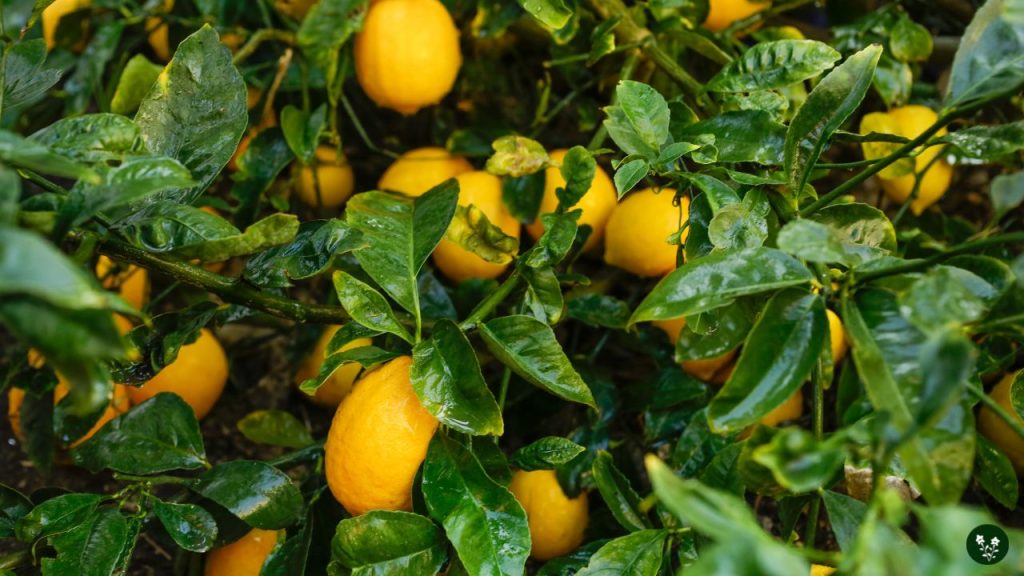
The first step in caring for your dwarf Meyer lemon tree is to plant it properly. Follow these steps:
- Choose a location with full sun. Your tree will need at least eight hours of sunlight daily to thrive.
- Make sure the soil is well-draining. Meyer lemon trees prefer to avoid sitting in water, so avoid planting in low-lying areas or areas with poor drainage.
- Dig a hole twice as wide as the root ball and just as deep.
- Remove the tree from its container and gently loosen any tangled roots.
- Place the tree in the hole and backfill it with soil, making sure to tamp down the soil as you go.
- Water the tree well and add a layer of mulch around the base to help retain moisture.
It’s important to note that if you live in a colder climate, you may need to plant your tree in a container that can be moved indoors during winter.
Ensure the container is large enough to accommodate the tree’s root system, and use a well-draining potting mix.
Once your tree is planted, be patient. It may take a year or two for your tree to start producing fruit, but it will be well worth the wait with proper care and attention.
3. Proper Soil and Fertilizers
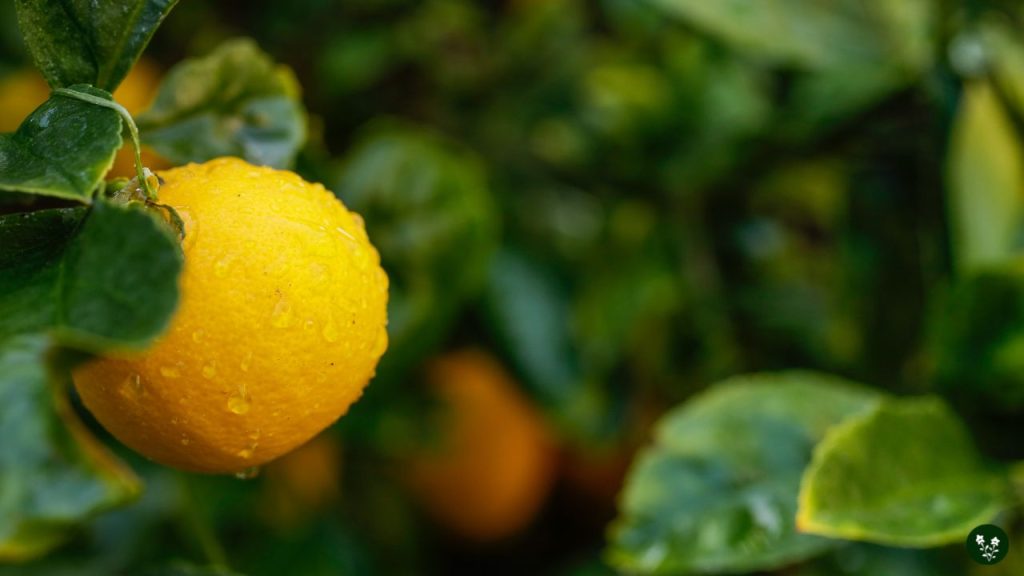
Dwarf Meyer Lemon Trees require specific soil and fertilizers to thrive. The soil should be well-draining, with a pH between 5.5 and 6.5. Sandy or loamy soil with high acidity is best for growing citrus.
There are a few essential qualities that soil needs to have for dwarf Meyer Lemon Trees:
- Good drainage: The soil should retain only a little water, as this can cause root rot.
- Adequate nutrients: The soil should be rich in nutrients, such as nitrogen, phosphorus, and potassium, to support healthy growth and fruit production.
- Proper pH: To ensure optimal nutrient uptake, the soil pH should be slightly acidic, between 5.5 and 6.5.
It’s important to note that the soil should be well-draining but not too sandy. If the soil is too sandy, it may not retain enough moisture, which can cause the tree to dry out.
Add perlite, vermiculite, or sand to the soil mix to ensure the soil is well-draining.
Fertilizing your dwarf Meyer Lemon Tree is also important for optimal growth and fruit production. It would help if you fertilized your tree every 4-6 weeks during the growing season, typically from spring to fall.
Use a citrus-specific fertilizer high in nitrogen, phosphorus, and potassium. Avoid using fertilizers high in salts, as these can damage the roots and leaves of your tree.
When fertilizing your tree, follow the instructions on the fertilizer packaging carefully. Over-fertilizing can cause excessive growth and weak branches while under-fertilizing can lead to stunted growth and poor fruit production.
Always water your tree thoroughly after fertilizing to ensure the roots absorb the nutrients.
4. Watering Requirements
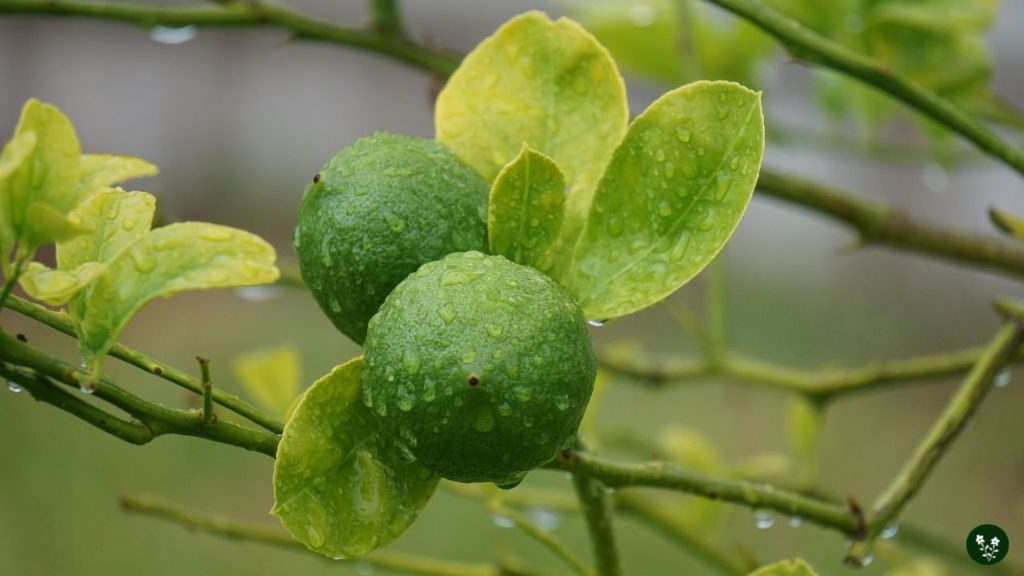
Dwarf Meyer lemon trees need regular watering to thrive. However, overwatering can lead to root rot, while underwatering can cause the tree to dry out and die.
Therefore, it is essential to understand the watering requirements of your tree and water it accordingly.
Young trees require more frequent watering than mature trees. During the first week, water your tree about 2-3 times, and then water it once every seven days for the following two months.
After that, water your tree once a week during the growing season and reduce watering during the dormant season.
When watering your tree, water it deeply enough to reach the roots. The soil should be moist but not soggy.
You can test the soil’s moisture level by sticking your finger about an inch deep into the soil. If it feels dry, it’s time to water your tree.
Factors such as soil type, tree size, age, season, and location can affect the watering requirements of your tree. Therefore, monitoring your tree’s soil moisture level and adjusting your watering schedule is essential.
It’s also important to note that water quality can affect your tree’s health. Avoid using hard water, as it can lead to nutrient deficiencies and damage to the tree’s roots.
If you need more clarification about the quality of your water, consider using filtered or distilled water instead.
5. Pruning and Propagating Dwarf Meyer Lemon Trees
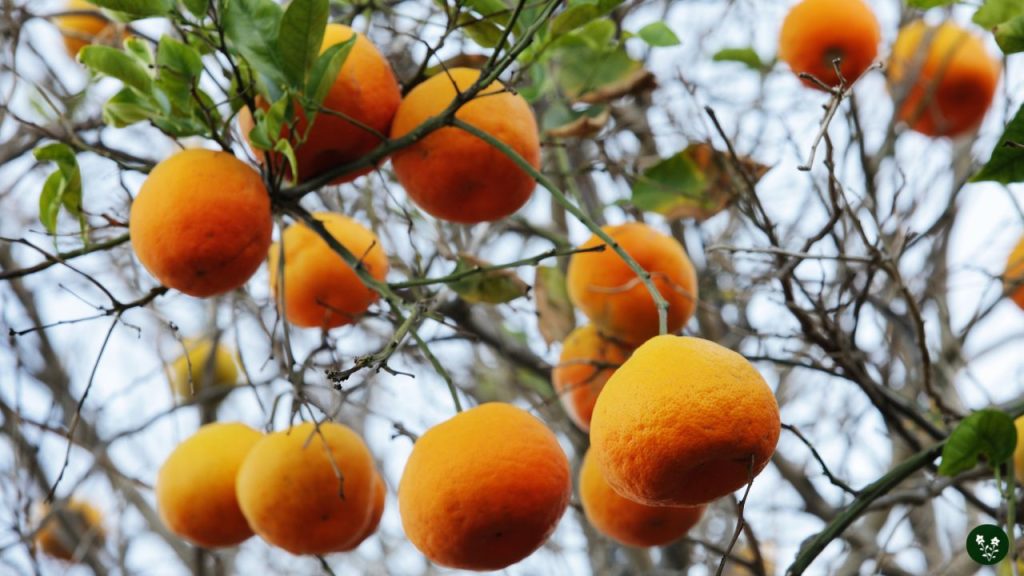
Pruning and propagating are essential for the growth and maintenance of dwarf Meyer lemon trees.
Proper pruning helps maintain the tree’s shape and size, while propagation allows you to grow new trees from cuttings. Here are some tips on how to prune and propagate your dwarf Meyer lemon tree.
Pruning
Pruning your dwarf Meyer lemon tree is essential for maintaining its shape and size. It also helps to promote healthy growth and fruit production. Here are some tips for pruning your tree:
- Prune your tree in the early spring before new growth appears.
- Remove any dead or diseased branches, as well as any branches that are crossing or rubbing against each other.
- Prune back any branches growing too long or too close to the ground.
- Keep the tree’s center open to promote good air circulation and sunlight penetration.
- Always use clean, sharp pruning shears to avoid damaging the tree.
Propagating
Propagating your dwarf Meyer lemon tree is a great way to grow new trees from cuttings. Here are some tips for propagating your tree:
- Take a cutting from a healthy, disease-free branch in the early spring.
- Please make sure the cutting is at least 3 to 6 inches long and has several leaves on it.
- Remove any leaves or flowers from the bottom half of the cutting.
- Dip the cut end in rooting hormone powder to promote root growth.
- Plant the cutting in a pot filled with well-draining soil and keep it in a warm, sunny location.
- Keep the soil moist but not waterlogged, and mist the cutting regularly to help it retain moisture.
- After a few weeks, the cutting should start to grow roots and new leaves.
Pruning and propagating your dwarf Meyer lemon tree are simple tasks that can help to promote healthy growth and fruit production.
By following these tips, you can help your tree thrive and produce delicious fruit for years.
6. Winter Care for Dwarf Meyer Lemon Trees
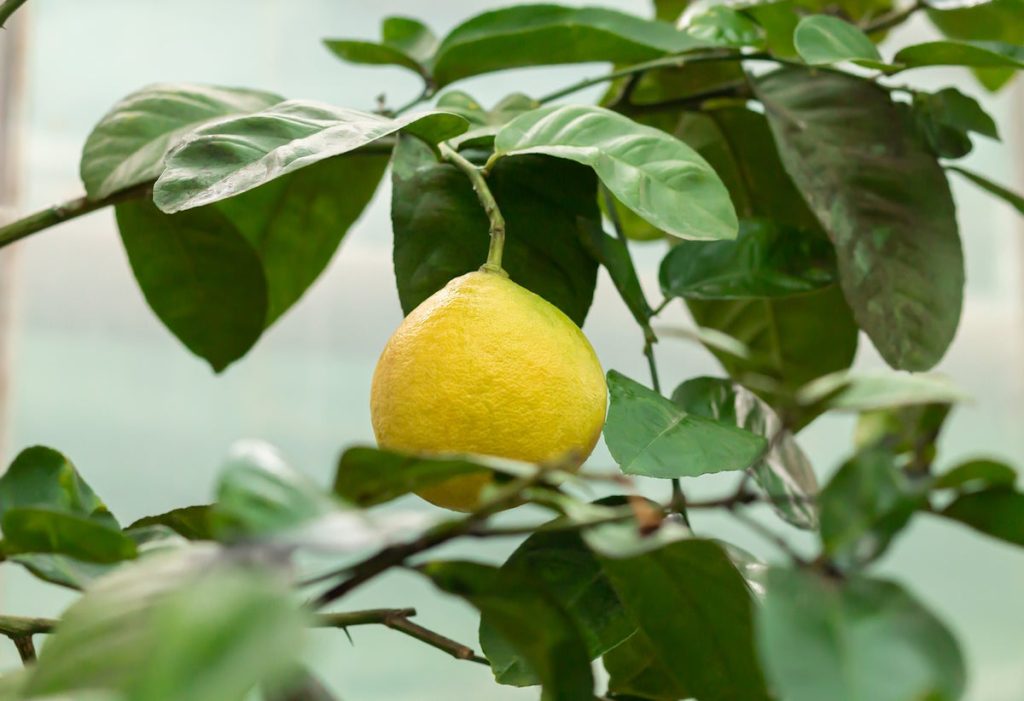
Winter can be a challenging time for dwarf Meyer lemon trees. Here are a few tips to help your tree thrive during the colder months:
- Keep your tree away from cold drafts and heaters. While it may be tempting to keep your tree near a heater to keep it warm, the dry air can harm the tree’s health. Instead, please remove it from cold drafts and heaters to maintain a consistent temperature.
- Water your tree less frequently. During the winter, your tree will require less water than it does during the warmer months. Make sure the soil is dry to the touch before watering, and be sure not to overwater.
- Provide adequate lighting. Since the days are shorter during the winter, your tree may need more sunlight. Consider using grow lights to supplement natural light and help your tree thrive.
By following these simple tips, you can help your dwarf Meyer lemon tree survive the winter and thrive for years.
7. Common Dwarf Meyer Lemon Tree Problems and Solutions
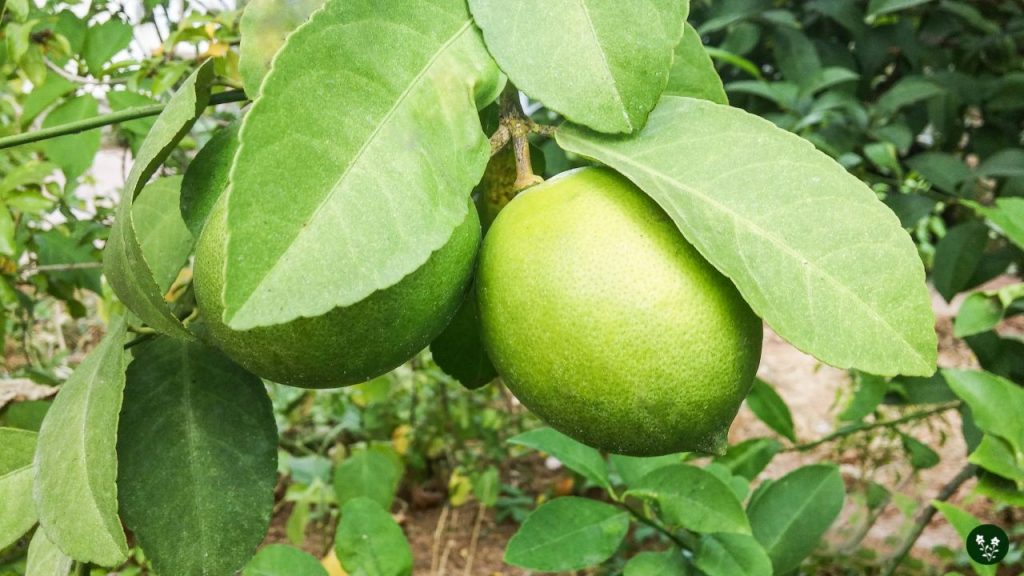
While dwarf Meyer lemon trees are generally easy to care for, they can still experience some problems. Here are some of the most common issues and solutions:
| Problem | Solution |
|---|---|
| Yellowing leaves | Yellowing leaves are often a sign of overwatering. Reduce watering and make sure the soil is well-draining. If the problem persists, check for pests or nutrient deficiencies. |
| Pest infestation | Common pests that can infest dwarf Meyer lemon trees include aphids, spider mites, and scale insects. Treat with insecticidal soap or neem oil, and keep an eye out for any signs of reinfestation. |
| Leaf drop | Leaf drop can be caused by a variety of factors, including overwatering, pest infestations, or sudden changes in temperature or light. Identify the cause and address it accordingly. |
| Poor fruit production | If your dwarf Meyer lemon tree is not producing fruit, it may be due to insufficient sunlight or inadequate fertilization. Make sure the tree is getting at least 8 hours of sunlight per day, and fertilize with a citrus-specific fertilizer according to the package instructions. |
By addressing these common problems promptly and effectively, you can help ensure that your dwarf Meyer lemon tree stays healthy and productive for years to come.
8. Harvesting and Using Dwarf Meyer Lemons
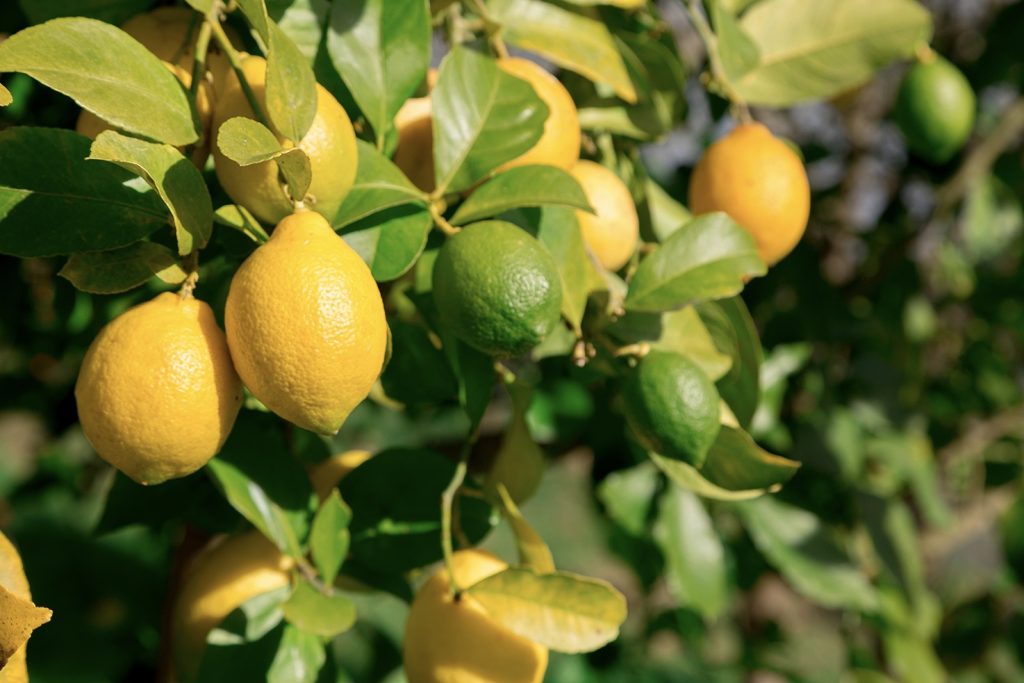
The best time to harvest dwarf Meyer lemons is when they are fully ripe and have a bright yellow-orange color. They should also be slightly soft to the touch.
Avoid harvesting them when green or underripe, as they will have yet to reach their full flavor potential.
When harvesting, use a pair of clean, sharp pruning shears to cut the lemons from the tree. Be careful not to damage the fruit or the tree when harvesting.
Once harvested, the lemons can be stored at room temperature for up to a week or in the refrigerator for up to a month.
Dwarf Meyer lemons can be used in various ways in the kitchen. They are great for making lemonade, lemon meringue pie, lemon bars, and lemon curd.
They can also add a tangy flavor to marinades, dressings, and sauces. The juice and zest of Meyer lemons can be used interchangeably with regular lemons in most recipes.
Here are some ideas for using dwarf Meyer lemons:
- Squeeze the juice over grilled fish or chicken for a bright, citrusy flavor.
- Add the zest to baked goods such as muffins, cakes, and cookies for a zesty kick.
- Make a refreshing lemonade by combining lemon juice, sugar, and water.
- Whip up a batch of lemon curd to spread on toast or as a filling for cakes and pastries.
- Add lemon juice and zest to salad dressings for a tangy twist.
Overall, dwarf Meyer lemons are a versatile and delicious fruit that can be used in various ways in the kitchen.
By following proper harvesting techniques and using them creatively, you can enjoy the fruits of your labor all year round.
Conclusion
The Dwarf Meyer Lemon Tree is a beautiful and versatile plant that can be grown indoors and outdoors. You can enjoy juicy and flavorful lemons all year round with proper care and attention.
Here are some key takeaways from this article:
- The Dwarf Meyer Lemon Tree requires abundant sunlight, ideally eight hours daily.
- Water your tree regularly, but avoid overwatering as this can lead to root rot.
- Fertilize your tree with a high-nitrogen fertilizer monthly between April and September.
- Prune your tree regularly to promote healthy growth and fruit production.
- If growing your tree indoors, ensure it is in a well-draining pot and receives adequate sunlight.
By following these simple guidelines, you can enjoy a healthy and productive Dwarf Meyer Lemon Tree for years. Happy gardening!
Leave a Reply